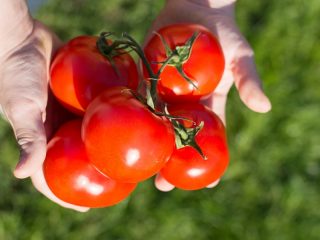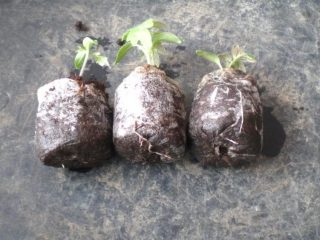Climate conditions today are changing at incredible speed and not for the better. Tomatoes, like many other vegetables, do not like changes and frequent changes in weather, so varieties gradually lose their relevance and require updating. Experienced gardeners know very well that tomato varieties need to be regularly updated in order to get a rich harvest every year.
To solve the problem of constantly searching for new varieties, Russian breeders developed tomatoes with high resistance to diseases and constant changes in temperature and humidity. Among the new products of domestic selection, the Adam's Apple tomato stands out.
Description
"Adam's apple" is a mid-season, productive and tall variety. Designed for cultivation in closed or open ground. The bushes of the plant reach a height of 1-1.8 m, so a prerequisite for growing a tomato is its garter and pinching.
Ripe Adam's apple fruits are smooth, round in shape, and deep red in color. The weight of one vegetable ranges from 150 to 300 grams. The fruit tastes juicy, with a pronounced tomato flavor. The variety has high productivity. You can harvest up to 5 kg of tomatoes from one bush.
In cooking, tomatoes of this type are used for eating raw, for preparing vegetable salads, and also for canning.
Features of care
The variety is unpretentious in cultivation. To achieve maximum results, you must remember that:
- tall varieties need timely garter;
- Regular pinching increases the chances of fruit ripening and significantly speeds up this process;
- good resistance of the variety to changing climatic conditions increases the plant’s resistance to diseases, but prevention will also not be superfluous.
You will learn how to properly garter and pinion a tomato bush from the video:
The Adam's Apple tomato was bred specifically for cultivation in temperate, often changeable climates. For most gardeners, this variety is a real find, especially today, in the context of global warming. A plant capable of coping with the vagaries of nature and resisting them was to the taste of many, so it deservedly takes pride of place on the plots of vegetable growers not only in Russia, but in Belarus and Ukraine.










